Popularly known as ‘Bengali Luchi’, it is similar to a poori recipe however the dough is made with all-purpose flour or maida. That is why it is more white. This luchi bread is usually made on special occasions where it is served with Bengali Mutton Kosha Mangsho, or sometimes with Bengali niramish recipes like Chana Dal or Bengali Cholar Dal or Potato Curry or Niramish Aloo Dum.
The luchi recipe in the Bengali traditional style has the luchi bread deep-fried in ghee or clarified butter and if you want to taste authentic Bengali luchi then I would suggest you try it with ghee. However, frying them in oil is also fine. In this post, I will tell you how we Bengalis make perfectly puffed-up luchis at home regularly. Plus why is it so special and what makes it different from regular pooris or other deep-fried Indian flatbreads.

Luchi is like therapy to Bengalis. The star of a million celebratory festive menus, the perfect couple to ‘Kosha Mangsho‘, the makeshift after-meal dessert with Sugar, or the next morning’s breakfast with a cup of cha!
Oh! How can I forget the post-biyebari (Bengali post-wedding) must-have breakfast of Luchi & Rosogolla’r Ros (sugar syrup)? I know some of this might sound silly, but trust me when I say that Bengalis would have a luchi with probably anything! Luchi Ghugni is another great combo, often a staple for breakfasts.
It is an indulgence by most standards. After all, why won’t it be? It is deep-fried, that too in ghee (sometimes!), made with refined flour or maida, as well call it. And on top of everything, the diet goes straight out of the window when these phulko Bengali luchis (phulko means puffed up) comes to the plate.
Bengali Luchi bread Ingredients
- All-purpose Flour or Maida – you can use 50% Maida and 50% whole wheat flour or Atta for a healthier version
- Ghee or Clarified Butter – alternate is any neutral oil like Sunflower Oil, etc.
- Salt
- Water
Tips to make perfectly puffed-up Luchi, every time
If you follow my lead here, you will get perfectly puffed or phulko luchi every time. The secret lies in the dough! Unlike roti or chapati dough, luchi bread dough is tighter and much more elastic. A 100% maida dough will be very soft and supple. Hence, very stretchy. On the other hand, a dough of atta-maida mix will be less glutinous and hence, easier to handle.
Here are some of the points to remember before you set off to make luchi:
- As I mentioned earlier it is made with maida or all-purpose flour. That makes it white with little golden spots, just as it is preferred
- Here, rubbing of fat into the flour is an important step. So, ghee (clarified butter) or refined oil is added to the flour and rubbed properly till it holds shape when pressed into a fist. This makes the luchi flaky and crispy
- The dough has to be tight and smooth
- The luchi is rolled into thin discs, as thin as you can roll
- Roll them as big as you can because once they hit the hot oil, they will shrink by 25%
- The temperature of ghee or oil for frying is very crucial. It has to be medium-low. Once you start frying the luchis, turn it low so that they don’t get brown before puffing up
- Serve immediately
Perfect side dishes to Luchi
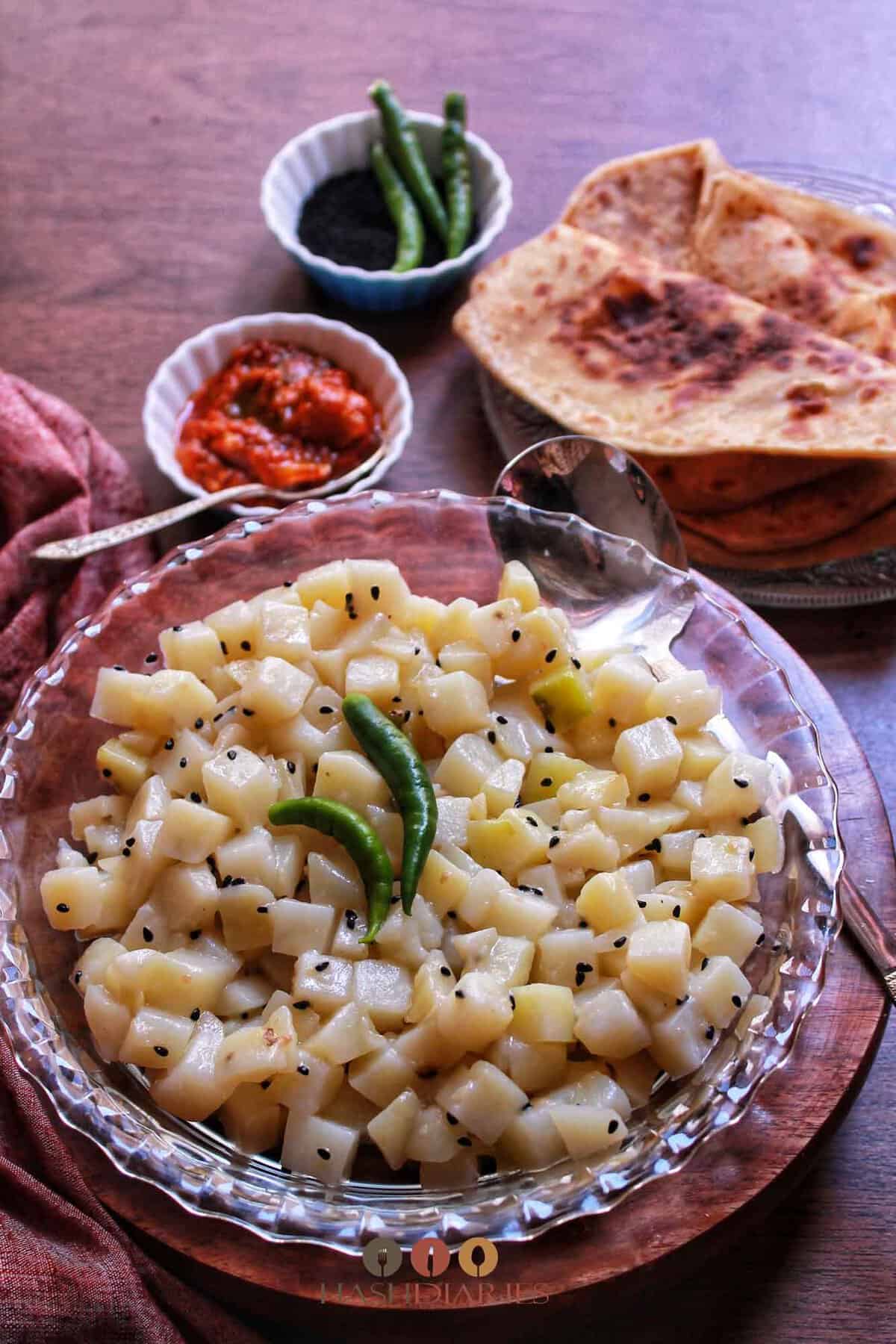
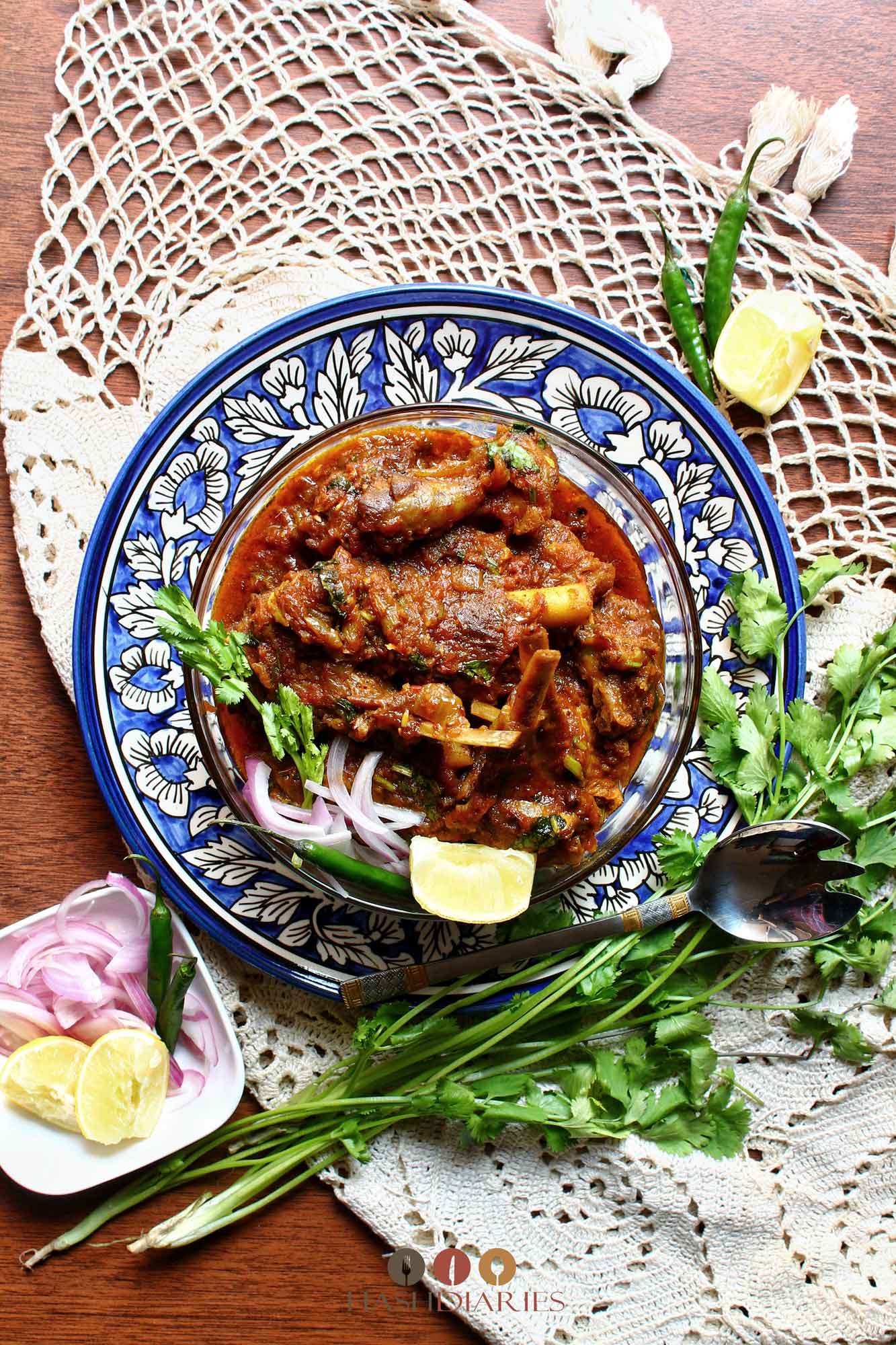
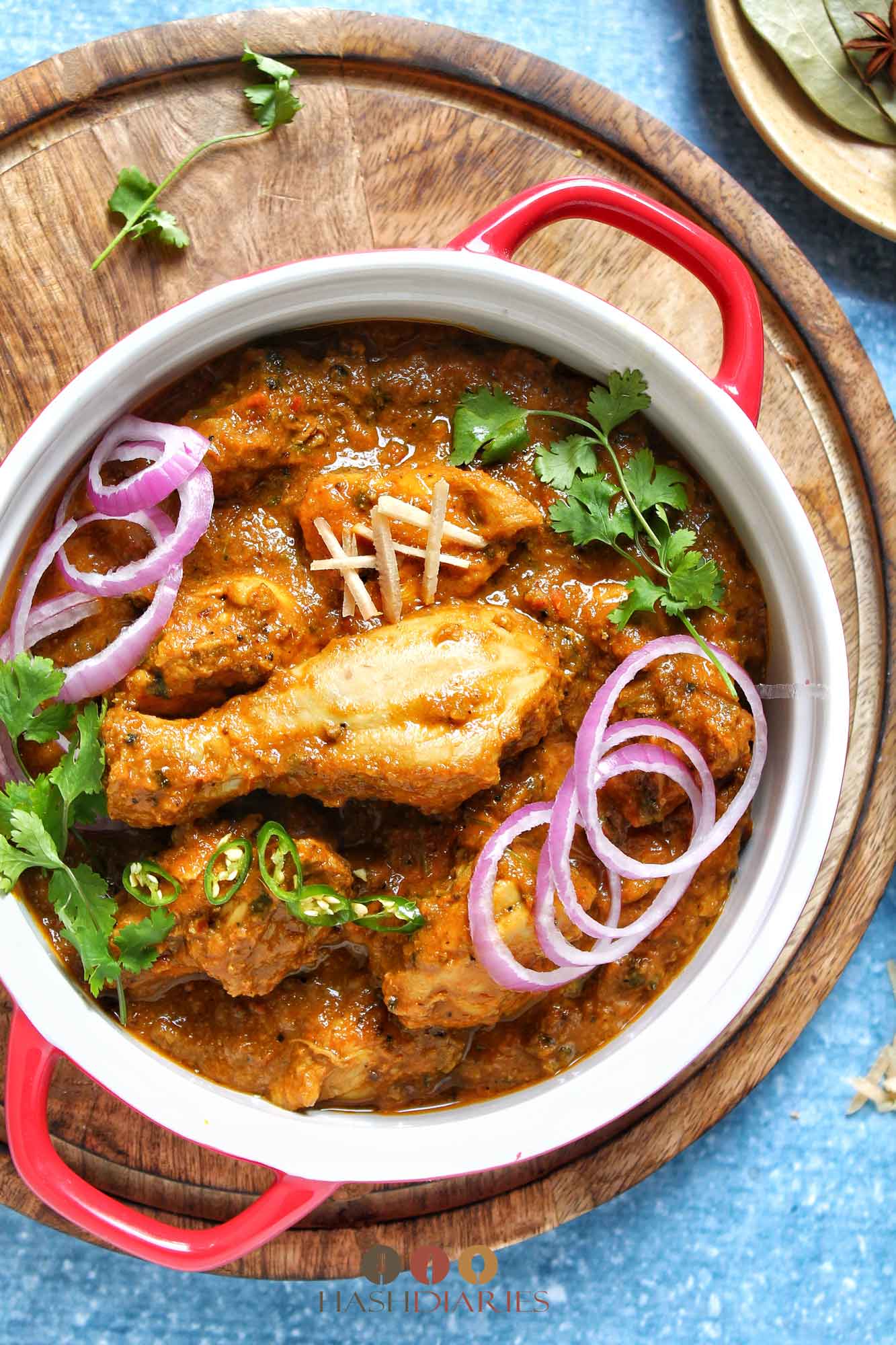
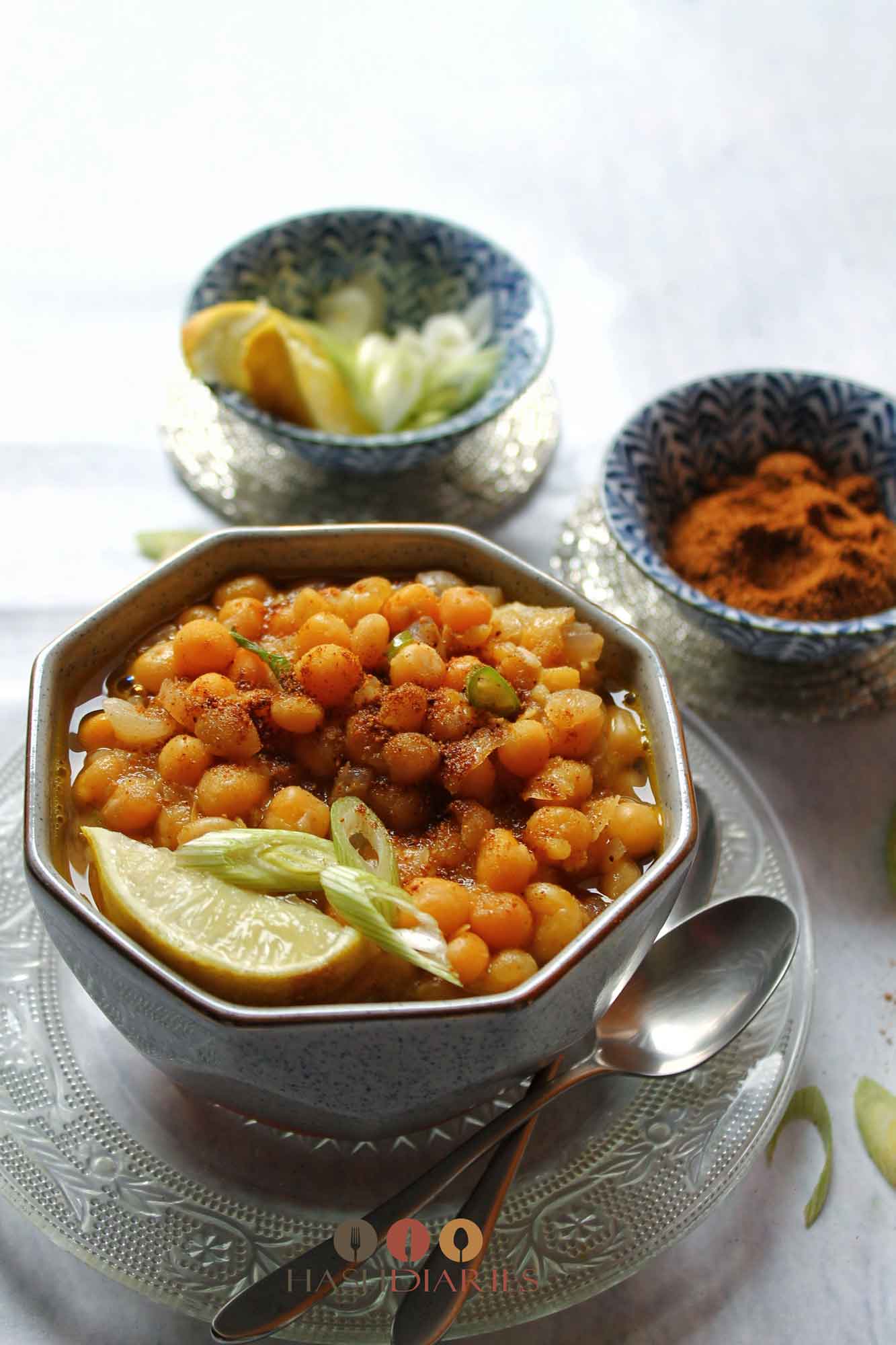


I have an entirely separate blog post on this where I have discussed all the popular side dishes that are served with Luchis, including some of the popular combinations of niramish ranna menu. You can read about these luchi side dish combos in one place.
Luchi & other Indian Flatbreads. Difference between Luchi & Poori
There is a wide range of flatbreads in Indian cuisine as wheat is a staple in our diet. Among these, there are different types of deep-fried flatbreads, prominent ones being poori and bhaturey. Poori is mostly often made with whole wheat flour and can be flavoured as well such as Masala Poori. Bhaturey, on the other hand, is made with maida and yogurt and has a slightly tangy flavor.
More Indian flatbread recipes from my blog
- How to make perfect everyday Indian Flatbread – Chapati or Roti
- Spinach Flatbread | Palak Roti Recipe
Easy Parantha Recipes
- Cheese Parantha Recipe
- Stuffed Keema Parantha Recipe
- Pizza Parantha | Skillet Calzones Recipe
- Bengali Moglai Porota | Mughlai Parantha Recipe
- Palak Parantha | Spinach Flat Bread Recipe
- Dimer Porota | Bengali Egg Stuffed Parantha
- Chatur Porota | Bihari Sattu Paratha Recipe
- Stuffed Chana Dal Parantha Recipe
Deep-fried Kachori Recipes
- Instant Bhatura [Video Recipe]
- Koraishutir Kochuri Recipe | Bengali Style Peas Kachori
- Hinger Kochuri│Bengali Hing ke Kachori Recipe
- Radhaballavi Recipe | Bengali Urad Dal Kachori
Have you tried this recipe? I would love to hear about it. Please leave a comment and star rating if you loved my recipes. It would help this post to reach more readers. Thank you!
Follow me or Subscribe to my Channel
Bengali Luchi bread is a deep fried poori made using maida. It is crispy, melt-in-mouth and is served with Mutton Kosha, Bengali Aloo Dum or Cholar Dal.
- 2 cups All-purpose Flour
- 2 tbsp Ghee or Refined Oil
- ½ cup Water
- ½ tsp Salt
- Ghee or Refined Oil to fry
-
Take the flour in a mixing bowl and mix the salt in it.
-
Now, add the 2 tablespoons of ghee or oil and rub it in.
-
Make a well at the centre and add water. Start kneading the dough.
-
Once it comes together nicely and becomes smooth, divide it into 15 equal portions
-
Heat the ghee or oil for frying the luchis. Meanwhile, roll the dough balls into thin discs. It should be as thin as wonton wraps.
-
Start frying once you have 5 luchis rolled out. Cover the rest of the dough with a damp cloth
-
Repeat the process till you have all the luchis ready. Serve hot.







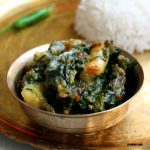


Leave a Reply